Cats of the Silver Screen: Iconic Feline Roles in Cinema History
- Lena Kloper
- Mar 7, 2024
- 4 min read
Updated: Mar 9, 2024
Chronical Cinema History of Cats in Cinematography

The presence of cats in cinematography spans over a century, marking their indelible impact on film from its inception to the digital age. This chronicle explores the pivotal moments and iconic feline figures that have graced the silver screen.
The Early Days: 1890s-1920s

The Cinema History journey begins in the late 19th century, shortly after the birth of cinema. One of the earliest appearances of a cat in film was in the 1894 short film, Boxing Cats (Prof. Welton’s), by Thomas Edison, showcasing cats as subjects of curiosity and amusement. As silent films gained popularity, cats frequently appeared as companions or comic relief, reflecting their roles in society.
The Golden Age of Hollywood: 1930s-1950s

The golden age brought sophisticated narratives where cats often symbolized mystery or elegance. The 1934 film The Black Cat, inspired by Edgar Allan Poe's story, used a cat as a central figure of suspense. In the 1942 classic Cat People, a cat is at the heart of a tale blending horror and sexuality, showcasing the animal's dual symbolism of domesticity and wildness.
Mid-20th Century: Animation's Rise
The mid-20th century Cinema History marked the ascent of animation, giving cats a prominent role in family entertainment. Disney's Pinocchio (1940) featured Figaro, a kitten with a big personality, while Cinderella (1950) introduced Lucifer, the malevolent pet cat, highlighting the versatility of feline characters. The era also saw the debut of Tom and Jerry (1940), immortalizing the cat-and-mouse duo's comedic antics.
The 1960s-1980s: Cats as Cultural Icons
The later decades saw cats becoming symbols of the counterculture and sophistication. Breakfast at Tiffany’s (1961) featured Orangey as "Cat," a stray that becomes a pivotal emotional anchor for Audrey Hepburn’s character. The era also celebrated animation with The Aristocats (1970), where cats took center stage, singing and dancing their way into audiences' hearts.
The 1990s-2000s: Cats in the Digital Age
With the advent of digital filmmaking and CGI, cats found new roles in fantastical narratives and became viral sensations. The Lion King (1994) presented the majesty of wild cats through animation, while Stuart Little (1999) brought a realistic yet anthropomorphized cat to the screen with Snowbell. The internet era further amplified cats’ cinematic presence, with films like Garfield (2004) adapting beloved comic characters for the big screen.
The 2010s-Present: Cats as Storytellers
In the last decade, cats have continued to carve their niche in cinematography, reflecting evolving storytelling techniques, cultural attitudes, and technological advancements. Here's an overview of the feline presence in cinema over the past ten years:
1. "A Street Cat Named Bob" (2016)

This heartwarming British biographical film is based on the true story of James Bowen, a recovering drug addict, and his ginger cat, Bob. The film showcases the remarkable bond between James and Bob, highlighting the cat's role in helping James turn his life around. It stands out for its portrayal of a cat as more than a pet, but a lifesaving companion.
2. "Kedi" (2016)

This Turkish documentary film explores the lives of the street cats of Istanbul and the deep bond they share with the city's residents. "Kedi" offers a beautiful, poetic look at the symbiotic relationship between humans and felines, emphasizing the unique personalities of each cat. It's a testament to how cats are woven into the cultural and social fabric of communities.
3. "Captain Marvel" (2019)

In this Marvel Cinematic Universe installment, Goose the cat steals scenes and hearts alike. Though appearing as an ordinary cat, Goose is revealed to be an alien creature, a Flerken, with tentacles for a mouth and the ability to store entire universes inside itself. Goose added a humorous and unexpected twist, showcasing how cats in films can add depth and surprise to the narrative.
4. "The Electrical Life of Louis Wain" (2021)

This biographical film stars Benedict Cumberbatch as Louis Wain, the eccentric artist known for his drawings that helped popularize cats in Victorian England. The movie explores Wain’s fascination with cats and how his artwork contributed to changing perceptions of felines during his time. It underscores the impact of cats on art and culture, as well as their role in Wain's personal and professional life.
5. "Pet Sematary" (2019)

Based on Stephen King's novel, this horror film features a family cat named Church, which becomes central to the story's eerie events after being resurrected via an ancient burial ground. The film uses the cat's transformation as a harbinger of doom and a pivot around which the horrifying elements of the plot unfold.
6. "Cats" (2019)

An adaptation of Andrew Lloyd Webber's musical, itself based on T.S. Eliot's poems, this film was notable for its use of CGI to transform actors into cat-like creatures. Despite its ambitious vision, "Cats" received mixed reviews, largely due to its uncanny valley effect and creative choices. Nonetheless, it remains a significant attempt to capture the whimsy and gravity of Eliot's feline characters.
Technology and Trends:
The last decade has also seen advancements in CGI and animation technologies, allowing for more realistic and imaginative depictions of cats in cinema. Movies like "Captain Marvel" benefited from such technologies to create memorable, fantastical feline characters.
Cultural Impact:
Films like "Kedi" and "A Street Cat Named Bob" reflect a growing cultural appreciation for the role of cats in society — not just as pets, but as beings with their own personalities and contributions to human life.
The Enduring Legacy of Cats in Film

Cinema History from the early curiosities of the Edison films to the CGI marvels of the 21st century, cats in cinematography have evolved from background figures to central characters, reflecting broader cultural attitudes toward these enigmatic companions. Whether through animation, live-action, or digital creations, cats continue to enchant, entertain, and provoke thought, securing their place in the pantheon of cinematic history. Their journey mirrors the evolution of film itself, showcasing innovation, emotion, and the universal appeal of storytelling.

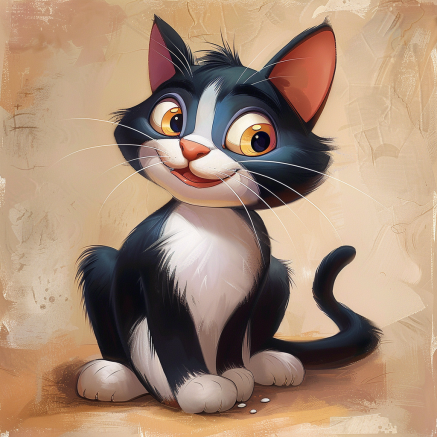
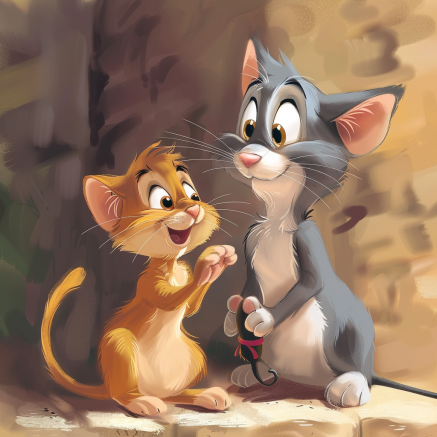
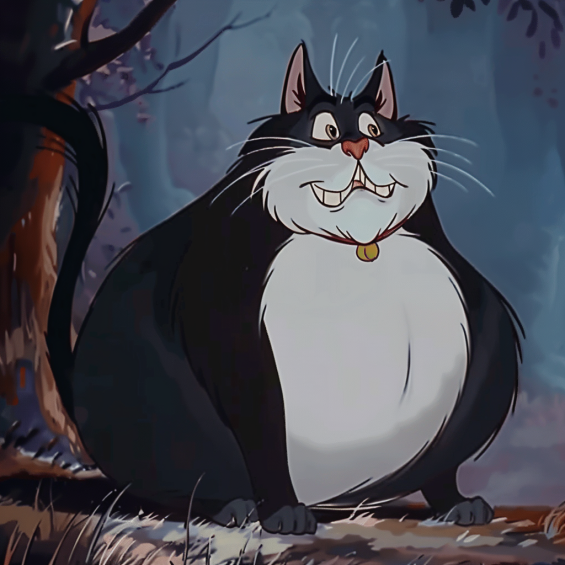
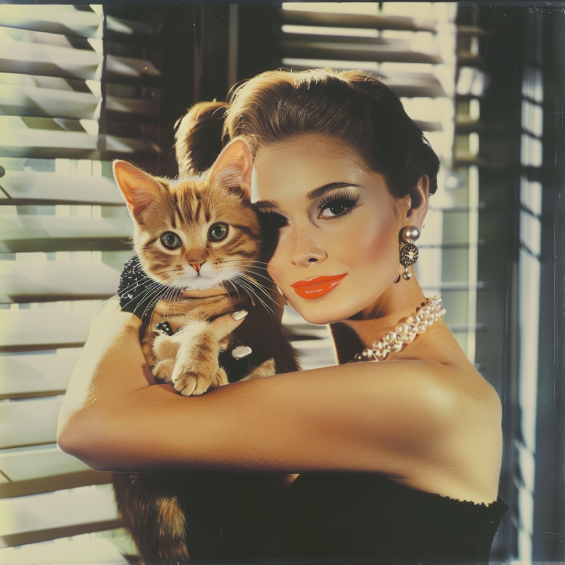
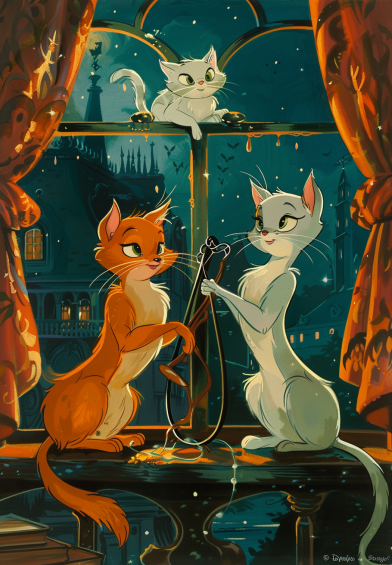
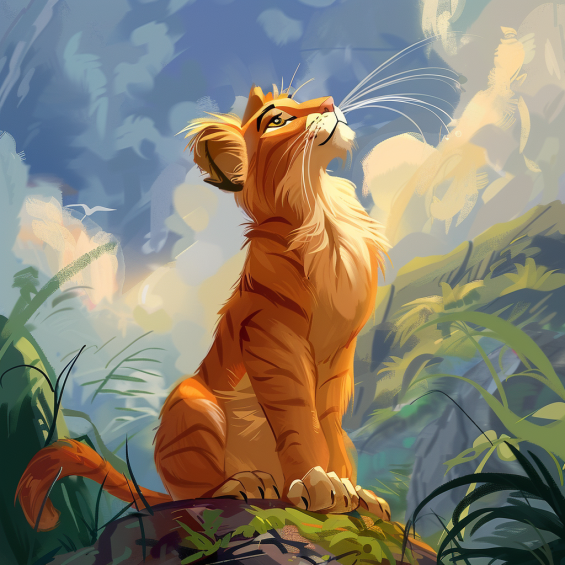
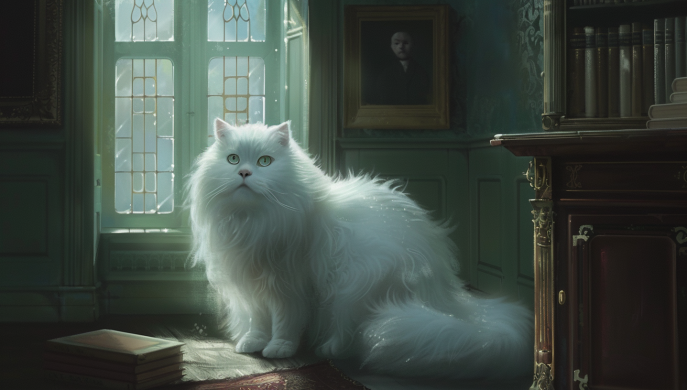
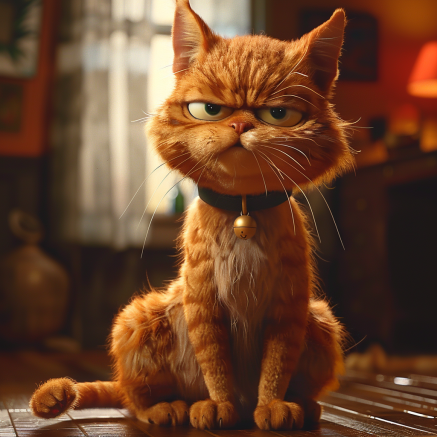


Comments